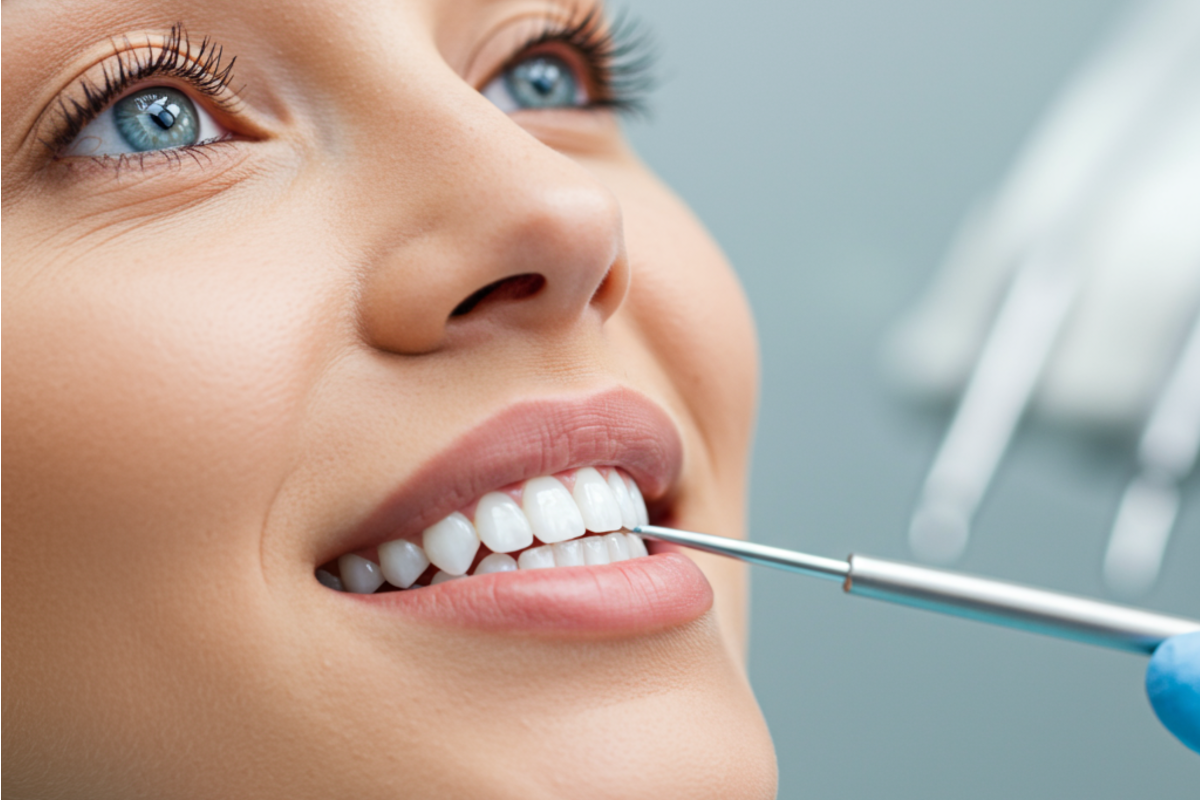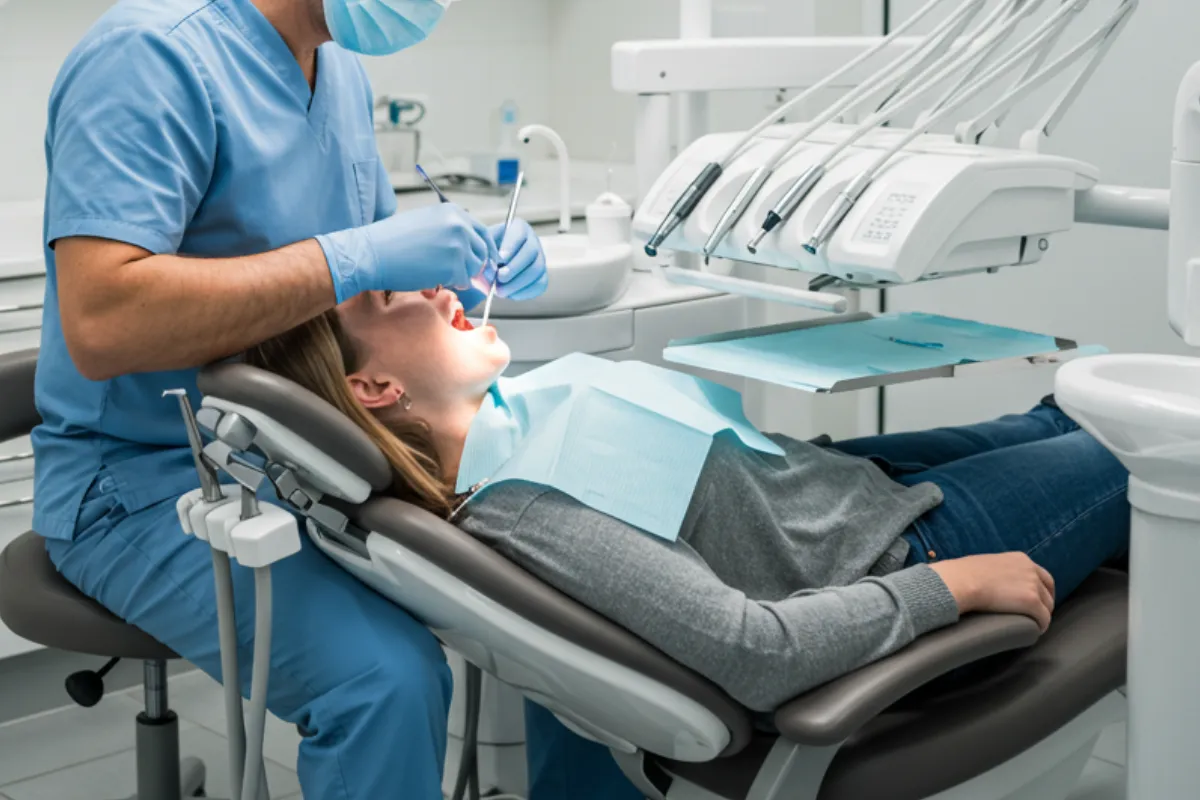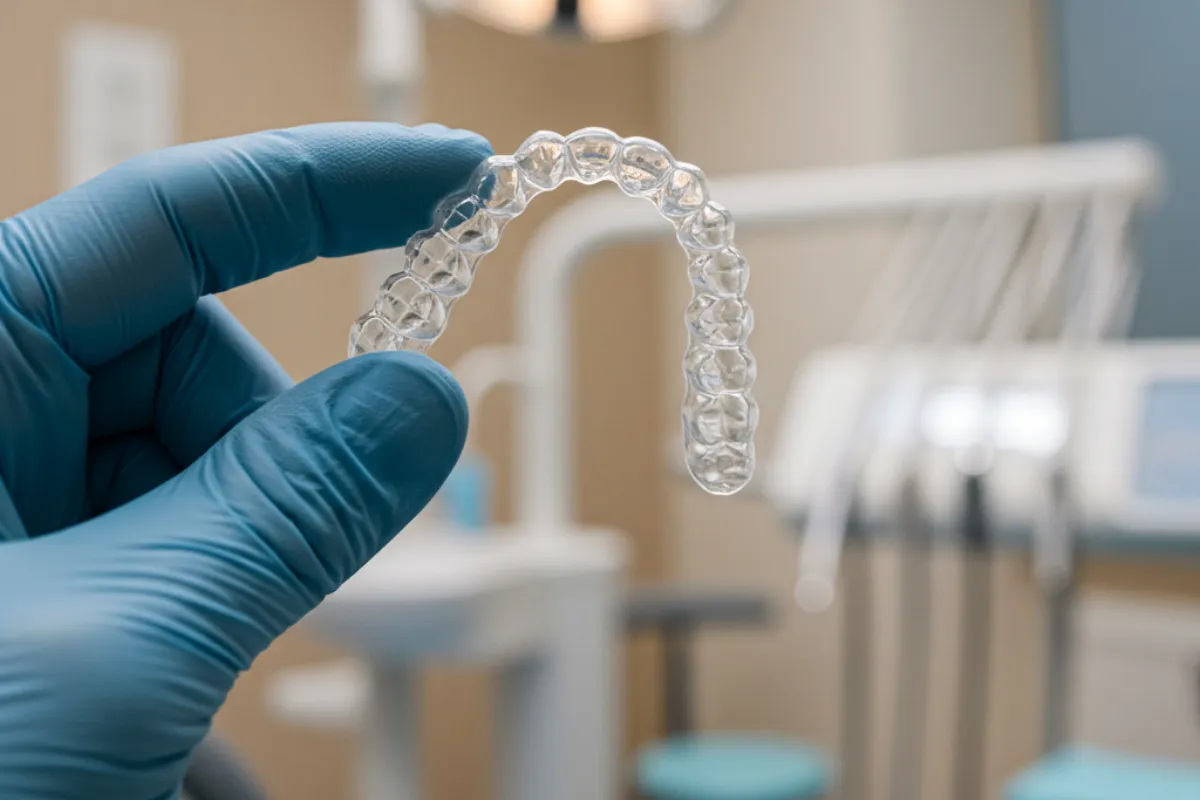Understanding Tooth Discoloration and Whitening Solutions

What Causes Teeth to Lose Their Brightness?
A bright, white smile is often seen as a sign of health and vitality. However, over time, our teeth may lose their luster and develop yellow or brownish stains. Understanding the underlying causes of tooth discoloration can help you make informed choices about your dental care and the best whitening options for your needs.
Tooth discoloration generally falls into two categories: extrinsic and intrinsic stains. Extrinsic stains are surface-level discolorations caused by consuming pigmented foods and drinks such as coffee, tea, red wine, and berries. Smoking or using other tobacco products can also leave stubborn stains on the enamel, the hard outer layer of your teeth. These surface stains can accumulate over time, making teeth appear dull or yellowed.
Intrinsic stains, on the other hand, originate from within the tooth. These can result from the natural aging process, certain medications (like tetracycline antibiotics taken during childhood), excessive fluoride exposure, or trauma that affects the inner structure of the tooth. As we age, enamel typically becomes thinner, revealing the underlying dentin—a naturally yellowish tissue—which can further darken the appearance of teeth.
Enamel erosion, whether from acidic foods, poor dental hygiene, or medical conditions like acid reflux, accelerates this process by exposing more of the dentin. All these factors not only impact the color of your smile but can also affect your confidence and overall oral health, making it essential to address both prevention and effective solutions.
How Professional Teeth Whitening Treatments Work
Professional teeth whitening is a process rooted in scientific principles that go far beyond what everyday toothpaste or over-the-counter kits can achieve. The core of these treatments involves the application of powerful bleaching agents—most commonly carbamide peroxide or hydrogen peroxide. These substances work by breaking down complex stain molecules both on the surface and deep within the enamel and dentin layers of the tooth.
When applied by a dental professional, these bleaching agents are precisely controlled for concentration and exposure time to maximize effectiveness while minimizing risks. The whitening gel penetrates the microscopic pores of the enamel, allowing oxygen molecules to interact with discolored molecules and break them apart. This chemical reaction effectively lifts both extrinsic and intrinsic stains, resulting in a brighter smile.
Many dental offices enhance the whitening process with advanced light-activated technology, such as LED or laser lights. These devices help to accelerate the bleaching reaction, allowing for more dramatic results in a shorter period—often in just a single visit. Importantly, all aspects of the treatment are customized to the individual patient. Dentists consider factors like the original shade of the teeth, dental history, and sensitivity concerns to ensure optimal outcomes.
Safety is a top priority in professional whitening. Protective barriers shield the gums and other soft tissues from the whitening agents, and post-treatment care is provided to reduce any potential sensitivity. This careful, science-backed approach ensures that patients achieve noticeably whiter teeth efficiently and safely.
Comparing Professional Whitening to Over-the-Counter Solutions
With the popularity of teeth whitening, a variety of over-the-counter (OTC) solutions—like whitening toothpastes, strips, and gels—are readily available. While these products offer convenience and a lower upfront cost, their effectiveness and safety are often limited compared to professional treatments.
One of the primary differences lies in the strength of the bleaching agents. OTC products typically contain much lower concentrations of hydrogen peroxide or carbamide peroxide, making them less effective at breaking down stubborn stains, especially those that reside below the tooth’s surface. As a result, users may notice only modest improvements after weeks of consistent use, and deep intrinsic stains often remain untouched.
Professional whitening, on the other hand, utilizes potent formulations that are safely administered and monitored by dental experts. The precise application ensures that every tooth receives even coverage, reducing the risk of patchy or uneven whitening—a common issue with ill-fitting OTC strips or trays.
Another concern with OTC whitening is the potential for gum irritation or tooth sensitivity. Without customization, trays and strips can come into contact with soft tissues, causing discomfort or even damage. Dentists, however, use tailored barriers and protocols to protect sensitive areas and address any pre-existing dental issues before treatment.
Finally, the results achieved with professional whitening are not only more dramatic but also longer lasting. While OTC products may offer temporary brightening, in-office treatments can lighten teeth by several shades in a single session and maintain those results for months or even years with proper care.
The Advantages of Dentist-Supervised Whitening for Long-Lasting Results
Choosing dentist-supervised whitening provides a host of advantages that go beyond just achieving a brighter smile. One of the most compelling benefits is the immediacy of results. In many cases, patients can leave the dental office with teeth that are several shades whiter after just one appointment—no need for daily applications or waiting weeks for a difference.
The longevity of professional whitening is another key benefit. With proper oral hygiene and occasional touch-ups, results can last from several months up to a few years, depending on individual habits and dietary choices. This makes professional treatments a wise investment for those seeking both effectiveness and value.
Personalization is at the heart of dentist-supervised whitening. Before beginning treatment, your dentist will assess your oral health, discuss your goals, and develop a customized plan that takes into account the unique characteristics of your teeth. This attention to detail helps ensure even, natural-looking results and minimizes the risk of over-whitening or damaging the enamel.
Safety is further enhanced through professional oversight. Dentists are equipped to manage any pre-existing dental conditions that might affect the whitening process, such as cavities, gum disease, or sensitivity. Protective barriers and post-treatment care reduce the likelihood of adverse effects, making the experience comfortable and reassuring.
Finally, the relationship established with your dental professional provides ongoing support and education. Your dentist can offer guidance on maintaining your results, adjusting your oral hygiene routine, and scheduling future treatments as needed—all contributing to a confident, healthy smile for the long term.
Achieving and Maintaining a Radiant Smile with Expert Dental Care
A dazzling smile is not only the result of effective whitening treatments—it is also the product of ongoing, expert dental care and mindful daily habits. Regular dental check-ups and professional cleanings play a crucial role in maintaining oral health and keeping new stains at bay. These visits allow for the removal of plaque and tartar, which can contribute to dullness and discoloration if left untreated.
Diet and lifestyle also significantly influence the longevity of your whitening results. Limiting the consumption of deeply pigmented foods and beverages, such as coffee, tea, red wine, and dark berries, can help prevent new stains from forming. If you do indulge, rinsing your mouth with water afterward can minimize their impact. Avoiding tobacco products is another powerful step toward preserving your smile’s brightness and supporting overall oral health.
At home, a consistent routine of brushing with a soft-bristled toothbrush, flossing daily, and using dentist-recommended whitening toothpaste can help maintain your results. Some patients may benefit from custom-fitted whitening trays for periodic touch-ups, as advised by their dental professional.
Incorporating whitening into your broader dental care plan ensures that cosmetic goals are balanced with the health and integrity of your teeth. If you’re considering teeth whitening, consulting with a dentist is the best way to receive personalized guidance and ensure safe, effective treatment. With expert support and diligent home care, achieving and maintaining a radiant smile is well within reach for individuals and families in North Vancouver.






